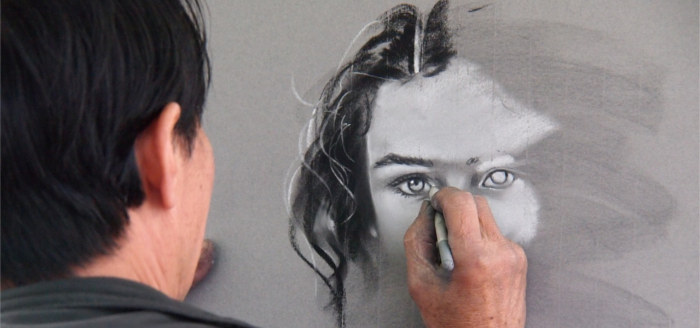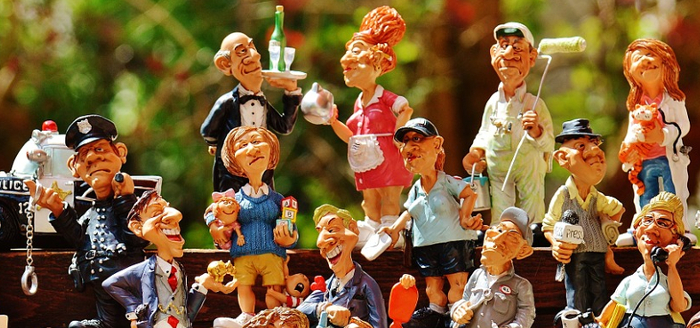Off the top of my head, I can’t recall a movie about writing or writers, but one of my favorite tv shows is Younger which covers aspects about publishing and some about the writers.
Tag: writing tip
#Writers Guide to Creating Realistic Characters
Redux
I’m always amazed at the wonderful tips, tricks, and insights I find thru Pinterest. And today’s infographic adds to these exceptional tips.
Below is a chart based on the 5 P’s to developing a character – physical, psychological, personal, personality, and practices. What’s creative and helpful about this chart is that it’s quick, easy to comprehend, and has enough facets to build a substantial character. By the time, the writer is done, it should feel as if he/she’s known this character for a long time.

#MotivationMonday: Don’t Give Up on Your #Dreams (Writer’s Edition)
Redux
Finding time to write in the midst of work, family, and household chores can be like oil and water. They just never seem to meld sometimes. But no matter how taxing or overwhelming it may seem, keep the dream alive. Writing a paragraph a day is still progress and a step in the right direction.
Even if work/life balance isn’t the issue, hope of publishing may dwindle with each rejection letter or mounting critiques. Turn the negative into a positive. Just because there’s a “no” now, doesn’t mean there will never be a “yes”. Take the experience as a learning lesson – not about writing, about patience. Sometimes we want what we want now, when the better option could be later down the road.
This week’s infographic covers 20 writers who worked in industries quite different than what we’d expect. It’s a great example to keep following our dreams. How…
View original post 10 more words
Writers Associations: Local And National Organizations For #Writers
Redux
Here’s a great list of writers associations, writers groups, and organizations for writers! Many local writers organizations have affiliations with national groups, but some writing groups stand alone within their communities. If you want to find national writing associations, look no further! If you’re interested to find local writing groups, check out this great list we’ve compiled of writing groups by state.
Writing organizations offer wonderful resources for writers. Some writers associations or organizations are free; others charge membership fees. These fantastic writers associations can help you find a literary agent, arrange meetings with editors, go to writing conferences, learn craft techniques, and keep up with changes in the publishing industry.
Before you join a writers association or organization, be sure to ask a lot of questions to make sure that the group is appropriate for you!
View original post 1,042 more words
Life of a #Writer: Finding the Perfect Synonym to Replace Bland #Words
Redux
When I’m writing, sometimes I’m at a loss to find the right word. A word that not only describes what a character is doing or feeling. One that makes the character interesting, yet giving life to the story. When the time arises, I reach for the almighty thesaurus…or resort to great lists like these found on Pinterest.



When You Should Add Background to Your #Story (and How Much)
Storylines that are confusing can seem as senseless as using a hammer on a screw or a wrench on a nail. Sure the intention is there, but at the end of the day will the goal be met successfully?
As a writer, we all want our story to be great. And from our perspective it is. But if our readers (or watchers in this case) can’t follow along, they will lose interest and we may not get them back when we put out our next great thing.
by Christopher Slater
Just the other day I was watching a movie with my wife. I thought that the movie had potential, but I kept getting really confused during a good portion of it. Terminology, technology, concepts, and relationships that I didn’t understand or had never heard of kept popping up. I was getting lost in trying to figure out some of the minutiae instead of enjoying the storyline of the film.
View original post 583 more words
#Character Development: Do Clothes Make The Character
Until I read this post, I did not consider clothing in the grand scheme of character development. My thoughts focused on personality, dialect, family background, and the like for breathing life into the character. If you really think about it, all of those things could paint a picture for the reader when there is action. But what if the character hasn’t said a word yet? How else would another character pick up on these things?
That’s where clothing can play a role. Sure we shouldn’t judge people by the way they dress. That is true. But in a realistic way, we assess people by how they present themselves. For instance, if a character donned a ballet bun, colorful sports bra, tennis shoes, and knee-length leggings, we’d assume the character liked to exercise.
Or consider the photo for this post. The women are dressed in clothing from the 1920s. Could the storyline be a modern Gatsby party? Or could it be a peek into the sophisticated lives of people from that era? It’s hard to tell. But the clothing does tell a story all on its own.
All in all, this is an excellent post. And I truly appreciate the insights that help me and others become better writers.
Clothes can play an important role in depicting mystery novel characters. Clothing descriptions can build impressions and reveal social standing and character personality or values. Clothes are a way to describe class, taste. body image, mental health and even intent. Clothes can make your characters.
But, clothing description must have a purpose. Only describe a character’s clothing if it is important to the story. Here are some ways writers can use clothing descriptions to enhance their novel characters:
- In a mystery novel clothes may act as clues. This strategy has endless uses—witness descriptions, shoe prints, fibers, clothing markers.
- Use clothing to contrast characters’ personalities—a sexy babe’s short, thigh-high skirt would contrast with her colleague’s conservative at-the-knee hemline.
- Use clothing to create authentic settings and scenes. Clothing will differ in foreign countries, historical settings, sciFi.

- Clothing can enable a writer to show rather than tell basic character traits. Do his clothes show…
View original post 254 more words










